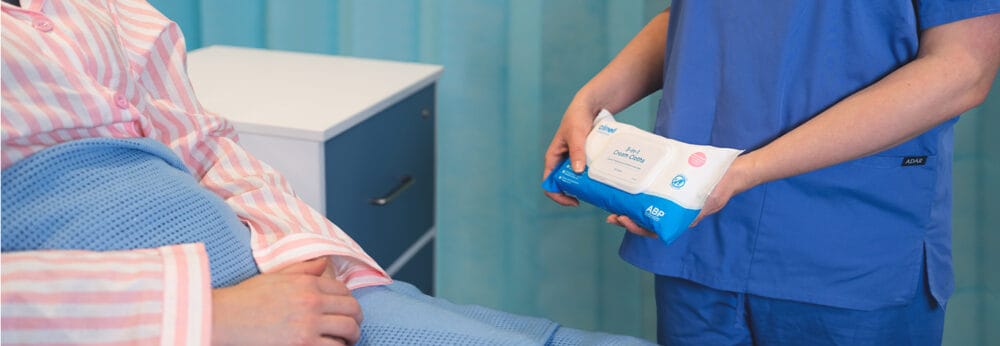Posted
18th July 2017
Research

A recent JHI study highlights both the promise and limitations of self-disinfecting surfaces. The study evaluated the efficacy of five different self-disinfecting surfaces against S. aureus under simulated real-life conditions. The small antimicrobial effects noted initially disappeared once most of the surfaces began being cleaned using alcohol wipes!
The team examined the efficacy of five self-disinfecting surfaces: a micro-patterned film (based on Shark skin to reduce bacterial adhesion), and four surfaces dosed with antimicrobial agents: zinc molybdenum (ZM), polyguanidin silica (PS) and two based on membrane-active polycations (maPK-I and maPK-a). A bacterial load of 8-log cfu was applied and then dried, before being sampled at 15 mins and 3 hours using contact plates. Only the MP, maPK-I and maPK-a based surfaces resulted in a reduction in bacterial contamination. The antimicrobial impact of MP and maPK-i disappeared after a single disinfection cycle, so were not stable enough to be useful. However, the maPK-a surfaces continued to exhibit an antimicrobial impact but only up to 19 disinfection cycles.
The inoculum used in the study was rather high (at 8-log), and probably not representative of the real-life environment, where contamination levels are usually lower. Also, the first exposure point tested was 15 minutes, whereas more rapid activity would be a favourable characteristic for a self-disinfecting surface: after all, how long does it take for a transmission to occur? Finally, the study only included S. aureus and, importantly, did not include C. difficile spores; sporicidal activity would be a huge plus for a candidate self-disinfecting surface.
The study used copper alloy surfaces as a control group, and based on these results, copper surfaces remain the prime candidate for antimicrobial surfaces. However, installing copper alloy surfaces is expensive, not suitable for all surfaces / equipment, and may not be durable in the clinical environment. Therefore, further development is required to achieve a low cost, high efficacy, durable self-disinfecting surface suitable for use in the clinical environment.
SHARE THIS ARTICLE
Tags
Latest News
Advancing Continence Care with Clinell Contiplan: Expanded Indications, Pathways and Proven Outcomes
This World Continence Week, Clinell Contiplan 3-in-1 Cream Cloths introduce…
Celebrating 20 Years of GAMA Healthcare: Our Story
This month, GAMA Healthcare celebrates 20 years of helping prevent…
Norovirus and gastroenteritis outbreaks, the party ‘pooper’ you don’t want invited!
Recently, on 11 October 2024, NSW Health issued a health…
Clean Between to Reduce Healthcare-Associated Infections
Healthcare-associated infections (HAIs) are a significant concern for healthcare facilities…



